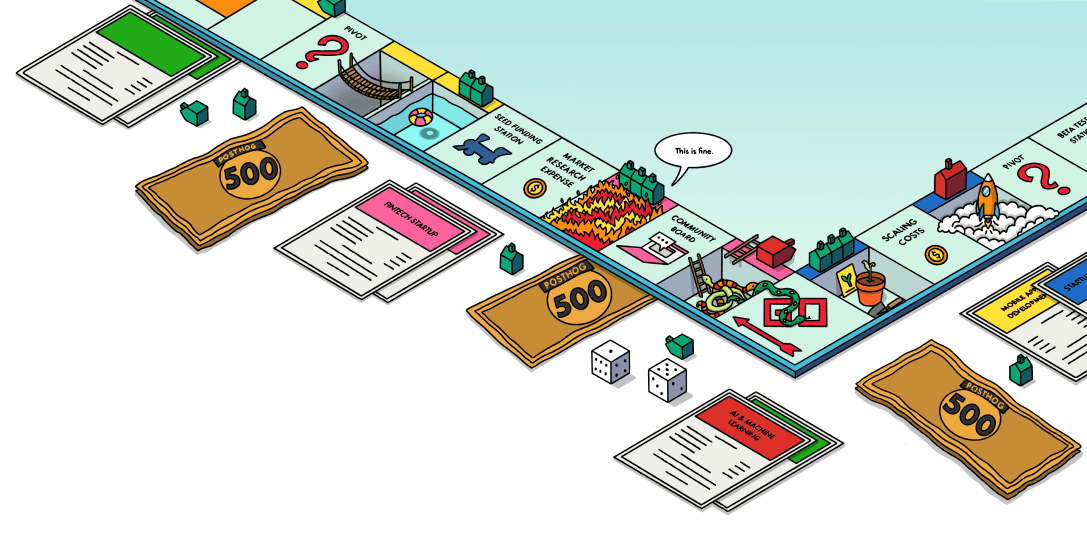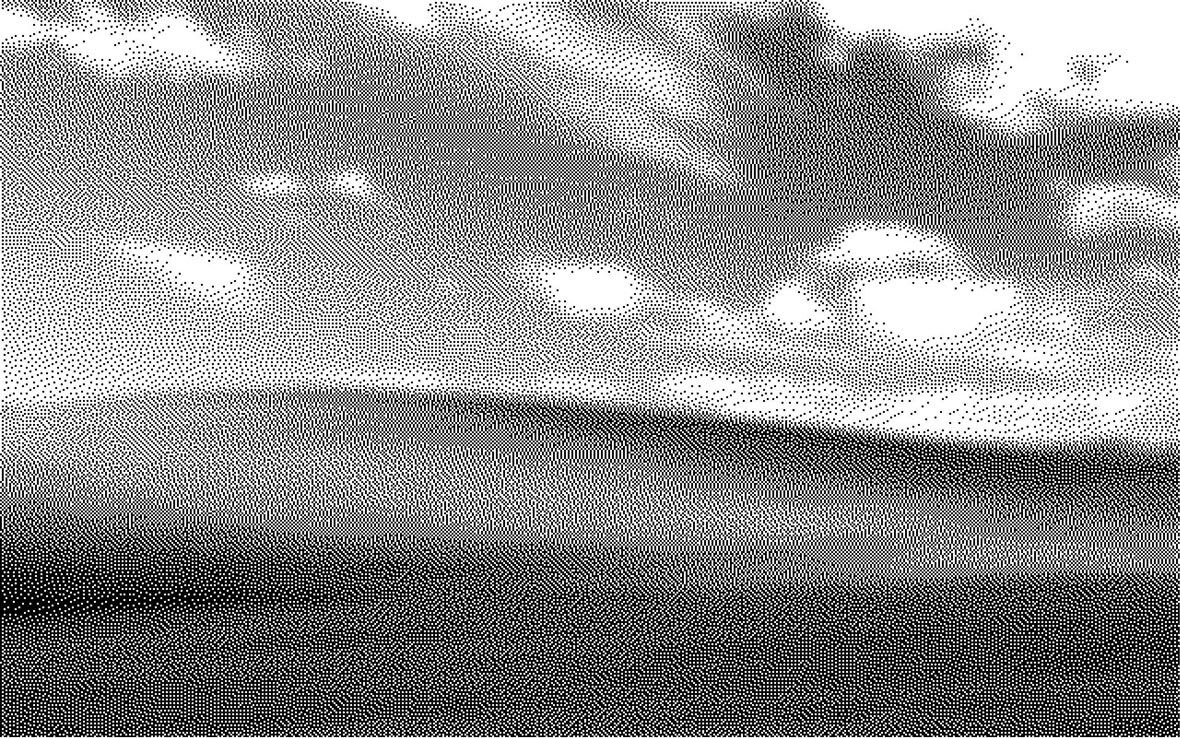Send PostHog event data to Zapier
Contents
Trigger Zaps in Zapier based on PostHog events.
Requirements
Using this requires either PostHog Cloud, or a self-hosted PostHog instance running a recent version of the docker image.
You'll also need access to the relevant Zapier account.
Installation
Option 1: Via the PostHog app in Zapier Recommended
- In your Zapier dashboard, go to your zaps and create a new zap.
- Add the PostHog app as a trigger.
- Configure the PostHog trigger accordingly.
Note that the PostHog app in Zapier only supports receiving events from actions, so you may need to create an action for the event that you want to trigger the zap.
Option 2: Via PostHog's Data pipelines
- In PostHog, click the Data pipeline tab in the left sidebar.
- Click the Destinations tab.
- Search for Zapier and click + Create.
- In your Zapier dashboard, create a new Zap with a webhook trigger and then add your webhook URL in PostHog under Zapier hook path.
- Press Create & Enable and watch your 'Zaps' get triggered in Zapier!
Configuration
FAQ
Is the source code for this destination available?
PostHog is open-source and so are all the destination on the platform. The source code is available on GitHub.
Who maintains this?
This is maintained by PostHog. If you have issues with it not functioning as intended, please let us know!
What if I have feedback on this destination?
We love feature requests and feedback. Please tell us what you think.
What if my question isn't answered above?
We love answering questions. Ask us anything via our community forum.








